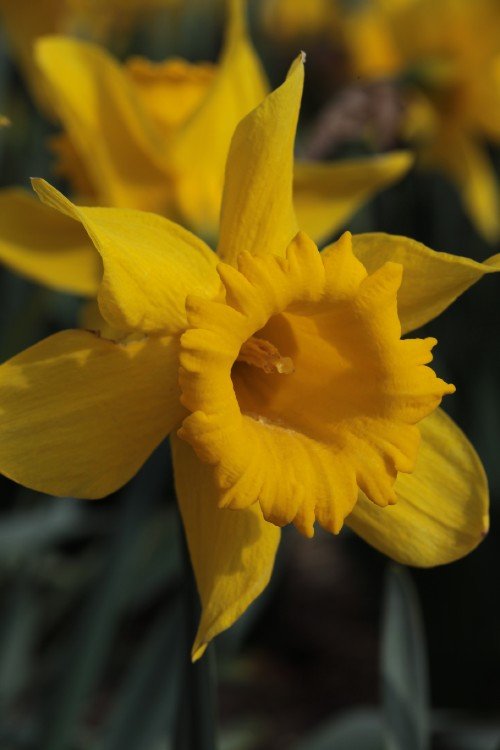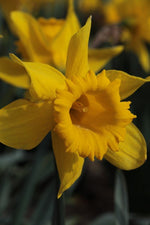
King Alfred
1065
About King Alfred
Experience the regal beauty of the Daffodil King Alfred, a true monarch among flowers. With its vibrant yellow petals and iconic trumpet shape, this daffodil variety is sure to make a stunning addition to any garden or floral arrangement.
- Vibrant yellow petals and a classic trumpet shape
- Large blooms that command attention
- Hardy and reliable, perfect for naturalizing
- Early to mid-spring blooming season
- Ideal for borders, containers, or cut flowers
How to plant and take care of King Alfred
- Choose a sunny or partially shaded location with well-draining soil.
- Plant bulbs in the fall, around 4-6 inches deep and 4-6 inches apart.
- Water thoroughly after planting and keep the soil consistently moist.
- Once the foliage emerges, provide regular watering, especially during dry spells.
- Fertilize with a balanced bulb fertilizer in early spring and after blooming.
- Deadhead spent flowers to promote healthier growth.
- Allow the foliage to die back naturally before cutting it back.
- Protect bulbs from excessive moisture during the dormant period.
FAQs

